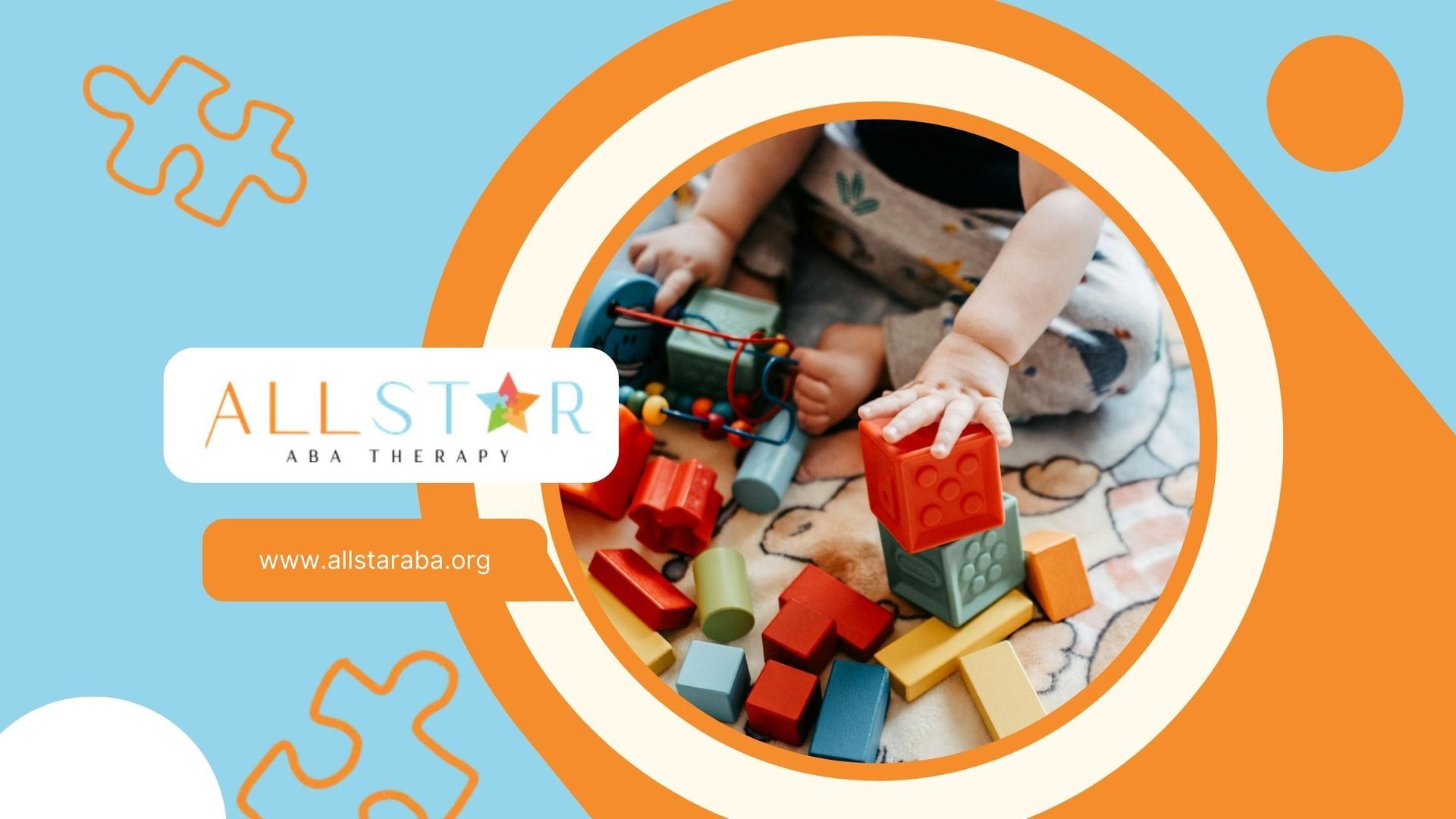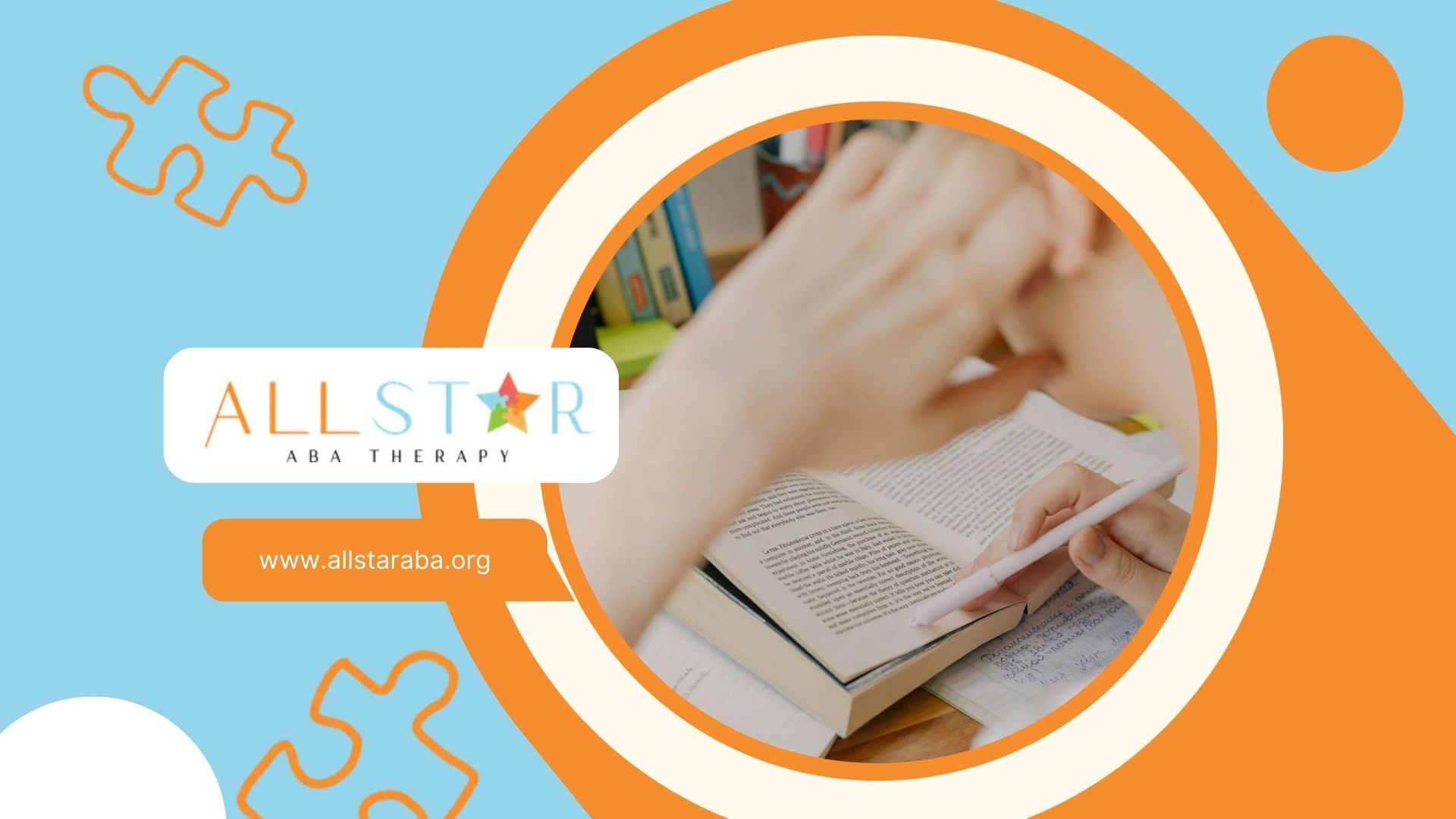New Paragraph
Generalization in NET: How to Ensure Skills Transfer Across Settings and People
Natural Environment Teaching (NET) is a highly effective method of teaching that allows children, particularly those with autism, to learn in real-world settings. By focusing on everyday situations, NET ensures that the skills children develop are directly applicable to their lives.
A key element of NET is generalization—the ability for children to apply skills learned in one setting to different environments, people, and situations. This makes learning more meaningful and lasting.
In this article, we’ll dive deep into the importance of generalization in NET, explore practical strategies for promoting it, and highlight the benefits this teaching method offers to children with behavioral challenges.
Whether you’re a parent, caregiver, or professional, understanding how to apply NET in natural settings can help children gain valuable skills for greater independence and social integration.
Understanding Natural Environment Teaching (NET)
What is Natural Environment Teaching?
Natural Environment Teaching (NET) is a teaching methodology that focuses on utilizing real-world settings and experiences to facilitate learning. This approach emphasizes the importance of teaching skills and concepts in contexts that are relevant and meaningful to the individual.
Instead of confining learning to a traditional classroom environment, NET encourages teaching in settings such as homes, parks, and community spaces where the learner naturally interacts. This method is particularly effective for individuals with autism or other behavioral challenges, as it allows for the integration of skills with daily activities.
By using naturalistic situations, you can promote more meaningful and functional learning experiences. NET aims to create opportunities for spontaneous communication, social interactions, and the application of skills in everyday life.
Importance of Generalization in NETA
Generalization in Natural Environment Teaching Activities (NETA) refers to the ability of the learner to apply skills learned in one context to other settings, people, or situations. This is a critical component of effective teaching because it ensures that the skills acquired are not limited to a specific environment or instructor but can be used broadly.
The importance of generalization encompasses several key aspects:
- Functional Application: Skills that can be generalized are more useful in daily life. For example, if a child learns to greet someone in a therapy session, the goal is for them to apply this skill when interacting with peers or family members.
- Increased Independence: Generalizing skills allows individuals to become more independent. When a learner can use skills in various scenarios, they rely less on prompts or cues from others.
- Enhanced Social Skills: Generalization supports social engagement. If social skills can be applied across different environments, individuals are more likely to form connections and participate in social groups.
- Improved Behavior: When skills are generalized, positive behavior can be reinforced in multiple settings, reducing the likelihood of challenging behaviors associated with unfamiliar environments.
To promote generalization in NET, it is essential to incorporate diverse situations, people, and materials into teaching strategies. This helps to establish a strong foundation for learning that persists across various contexts.
Strategies for Generalization
To effectively maximize generalization in Natural Environment Teaching (NET), you can implement several key strategies. These approaches ensure that skills learned in one context are applicable across various situations, enhancing the overall learning experience for children with behavioral challenges.
Targeting Different Environments
Exposure to diverse environments significantly aids in generalization. By practicing skills in various settings, your child can learn to apply what they have learned in different contexts.
Consider the following environments for practice:
| Environment Type | Examples |
|---|---|
| Home | Kitchen, living room, backyard |
| Community | Park, grocery store, library |
| School | Classroom, playground, cafeteria |
| Interaction Type | Examples |
|---|---|
| People | Parents, caregivers, friends |
| Materials | Books, puzzles, art supplies |
By introducing these variations, your child will be more likely to generalize their skills to real-world situations.
Incorporating Novel Tasks
Introducing new and unexpected tasks can also promote generalization. This encourages your child to transfer learned skills to new situations or challenges.
You can create scenarios that require your child to apply their knowledge in unfamiliar ways. This can include:
- Problem-solving with new puzzles or games
- Role-playing different social situations
- Participating in group activities with varied objectives
By consistently incorporating novel tasks, you will help your child develop adaptability, making it easier for them to use their skills in everyday life.
Promoting Generalization in NETA
To effectively promote generalization in Natural Environment Teaching (NET), several key strategies can enhance your child's ability to apply learned skills across different settings and situations.
Consistent Teaching Strategies
Using consistent teaching methods is essential for reinforcing learning and encouraging generalization. By maintaining the same approaches and techniques across multiple environments, you help your child recognize and respond to similar cues consistently.
Consistency creates a stable framework that allows your child to feel more confident and secure when applying skills in various situations.
Encouraging Spontaneous Responses
Encouraging spontaneous responses allows your child to apply learned skills without prompts or specific instructions. This can be achieved by creating opportunities for your child to engage in activities that naturally elicit their responses.
For instance, during playtime, you may leave out certain toys that require your child to ask for assistance, prompting them to communicate without guidance. Celebrating these spontaneous actions fosters independence and reinforces the natural application of skills.
Fading Prompts Gradually
Gradually fading prompts helps your child become less reliant on direct instructions over time. Start with a higher level of support when introducing new skills and gradually reduce this support as your child becomes more comfortable.
For example, if you are teaching your child to request a snack, begin by using visual aids or verbal cues. Slowly remove these supports as your child learns to ask independently. This method encourages generalization by promoting self-sufficiency and confidence in unfamiliar contexts.
Data Collection and Analysis
In order to effectively implement Natural Environment Teaching (NET), it's crucial for you to have a solid understanding of data collection and analysis. This ensures that you can track your child's progress and adapt strategies as needed.
Monitoring Progress
You can monitor progress by maintaining regular records of your child’s interactions and learning outcomes in various settings. This data will provide insights into their performance and help identify areas needing additional support.
Observations should be documented consistently, noting improvements and challenges encountered during the teaching sessions. Key metrics to observe might include:
| Metric | Description |
|---|---|
| Frequency of Target Behavior | Track how often desired behaviors or skills are displayed in natural settings. |
| Accuracy | Record how many times tasks are completed accurately compared to attempts. |
| Duration | Measure how long your child exhibits a skill or behavior before needing prompts or assistance. |
Tracking Generalization Across Settings
It is essential to track how skills generalize across different environments. This assists in ensuring that your child can apply learned behaviors outside of the controlled setting.
You can track generalization by comparing your child's performance in various contexts, such as home, school, and community environments. Record observations in each setting, focusing on the same target skills to assess consistency.
Consider the following aspects when tracking generalization:
| Setting | Skill Observed | Frequency | Comments |
|---|---|---|---|
| Home | Social Interaction | 5 times/day | Engaged with siblings. |
| School | Communication | 3 times/day | Asked for help from teacher. |
| Community | Self-Regulation | 2 times/week | Waited patiently in line. |
By systematically monitoring progress and tracking generalization, you can better understand your child's development and the effectiveness of Natural Environment Teaching. This data will enable you to make informed decisions and tailor strategies to improve outcomes for your child.
Challenges and Solutions
Overcoming Barriers to Generalization
When implementing Natural Environment Teaching (NET), you may encounter several barriers that hinder effective generalization.
Common challenges include limited exposure to diverse settings, consistency in teaching methods, and inconsistent responses from the child. To overcome these barriers, consider the following strategies:
- Increase Opportunities for Practice: Encourage practice in various environments, such as home, school, and community settings. This variety allows your child to apply learned skills in real-world situations.
- Collaborate with Other Caregivers: Involve other parents, therapists, or caregivers in the process. By working together and using similar approaches, you can enhance consistency and reinforce the desired behaviors across different settings.
- Monitor and Adjust Techniques: Regularly assess the strategies you are using. If certain methods are not effective, be open to modifying your approach based on your child's unique needs and responses.
Adjusting Strategies for Individual Needs
Each child is unique, and what works for one may not work for another. Tailoring your strategies is essential for maximizing generalization.
Here are ways to adjust your methods to fit your child’s individual needs:
- Personalized Goals: Set specific, individualized goals that reflect your child’s strengths and challenges. This will help make the teaching process more relevant and engaging for them.
- Flexible Teaching Methods: Utilize different teaching styles and techniques based on your child’s preferences and learning style. Some children may respond better to visual aids, while others may thrive with hands-on activities.
- Regular Feedback: Provide consistent feedback to your child during the learning process. Positive reinforcement can help them understand what they are doing well and motivate them to practice further.
By addressing these challenges and customizing strategies, you can promote effective generalization in NET, supporting your child's growth and development in diverse contexts.
Real-Life Applications
Examples of Generalization in NETA
Generalization in NETA allows your child to apply learned skills across various settings and situations. Here are examples of how this can manifest in everyday life:
- Grocery Store Skills: If your child learns to identify healthy foods at home, you can reinforce this skill by practicing during a grocery store outing. Ask them to locate specific items, like fruits or vegetables, to encourage the use of this knowledge in a different environment.
- Playground Interactions: If your child has learned to share toys with siblings, you can help them generalize this skill by encouraging sharing with peers during playdates at the playground. This helps them understand how sharing applies in both home and social settings.
- Community Outings: If your child has been taught to ask for help in specific scenarios, like while playing with friends, practice this skill in other situations, such as at a local park or during a community event. This increases their confidence in using the skill in multiple locations.
Success Stories with Lasting Results
There are numerous success stories illustrating the power of generalization in NETA. Such transformations can inspire you in your own journey:
- Improved Social Interactions: One parent observed that after implementing generalization strategies in NETA, their child improved significantly in social interactions. The child learned to approach peers and engage in conversations both at school and during family gatherings.
- Increased Independence: A therapist reported that a child who practiced requesting items in various settings, such as home and community events, became more independent. The child began to confidently ask for help or items from caregivers and peers alike, showcasing the learned skill in multiple environments.
- Behavioral Management: A caregiver noted improvements in a child's ability to manage frustration. After practicing coping strategies learned during therapy at home, the child effectively applied these strategies during family outings, leading to a decrease in meltdowns and increased positive behaviors.
These examples highlight the value of generalization in NETA, emphasizing its role in developing skills that are sustainable and meaningful across various life situations. By focusing on real-life applications, you can help foster your child's skills and promote their success in different environments.
Conclusion
In conclusion, generalization in Natural Environment Teaching (NET) plays a crucial role in ensuring that the skills children acquire are applicable and effective in real-life scenarios.
By focusing on teaching skills in natural settings and across diverse situations, NET fosters greater independence, enhances social engagement, and improves overall life skills. Whether your child is learning communication skills, social interactions, or daily living skills, NET creates opportunities for meaningful, lasting changes.
If you’re looking for personalized ABA therapy services in Maryland, All Star ABA is here to help. We specialize in providing individualized, bilingual ABA therapy to children, supporting them in acquiring essential skills that promote independence and success. Contact us today!
FAQs
What is Natural Environment Teaching (NET)?
Natural Environment Teaching (NET) is a teaching method that uses real-life settings, such as homes, parks, and schools, to help children learn important skills. NET focuses on using everyday interactions to teach communication, social skills, and more, making the learning process relevant and engaging for the child.
How does generalization work in NET?
Generalization in NET refers to the process of applying learned skills in different settings and situations. By practicing skills in various environments, with different people, and using diverse materials, children are able to transfer what they’ve learned to real-world scenarios, ensuring the skills are useful and long-lasting.
What are some strategies for promoting generalization in NET?
To promote generalization in NET, you can expose children to different environments (e.g., home, school, community), vary the people they interact with (e.g., siblings, peers, teachers), and use different materials during lessons. Additionally, encouraging spontaneous responses and gradually fading prompts can help children apply learned behaviors in multiple situations.
Need Support?
We're Here to Help!
Our experienced team is ready to assist you. Reach out today to discuss how we can support your child's development and well-being.
Get started with expert ABA therapy today.
Related posts

All Star ABA delivers the gold standard of care, Applied Behavioral Analysis (ABA) therapy, for individuals diagnosed with ASD, from infancy to age 21.
Quick Links
All Rights Reserved | All Star ABA







